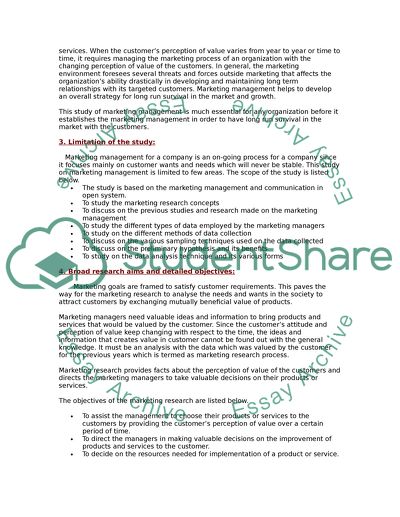Cite this document
(“Marketing Management. Basic principles Essay Example | Topics and Well Written Essays - 2000 words”, n.d.)
Retrieved from https://studentshare.org/miscellaneous/1523146-marketing-management-basic-principles
Retrieved from https://studentshare.org/miscellaneous/1523146-marketing-management-basic-principles
(Marketing Management. Basic Principles Essay Example | Topics and Well Written Essays - 2000 Words)
https://studentshare.org/miscellaneous/1523146-marketing-management-basic-principles.
https://studentshare.org/miscellaneous/1523146-marketing-management-basic-principles.
“Marketing Management. Basic Principles Essay Example | Topics and Well Written Essays - 2000 Words”, n.d. https://studentshare.org/miscellaneous/1523146-marketing-management-basic-principles.


